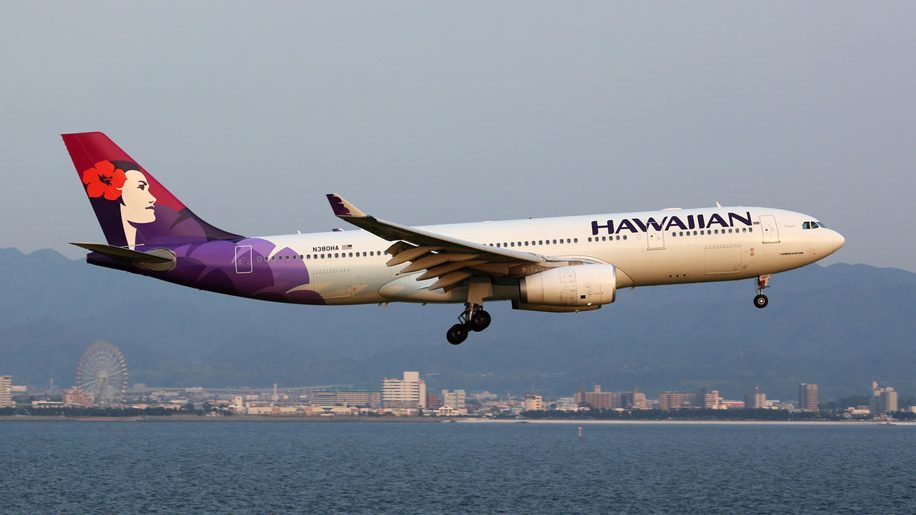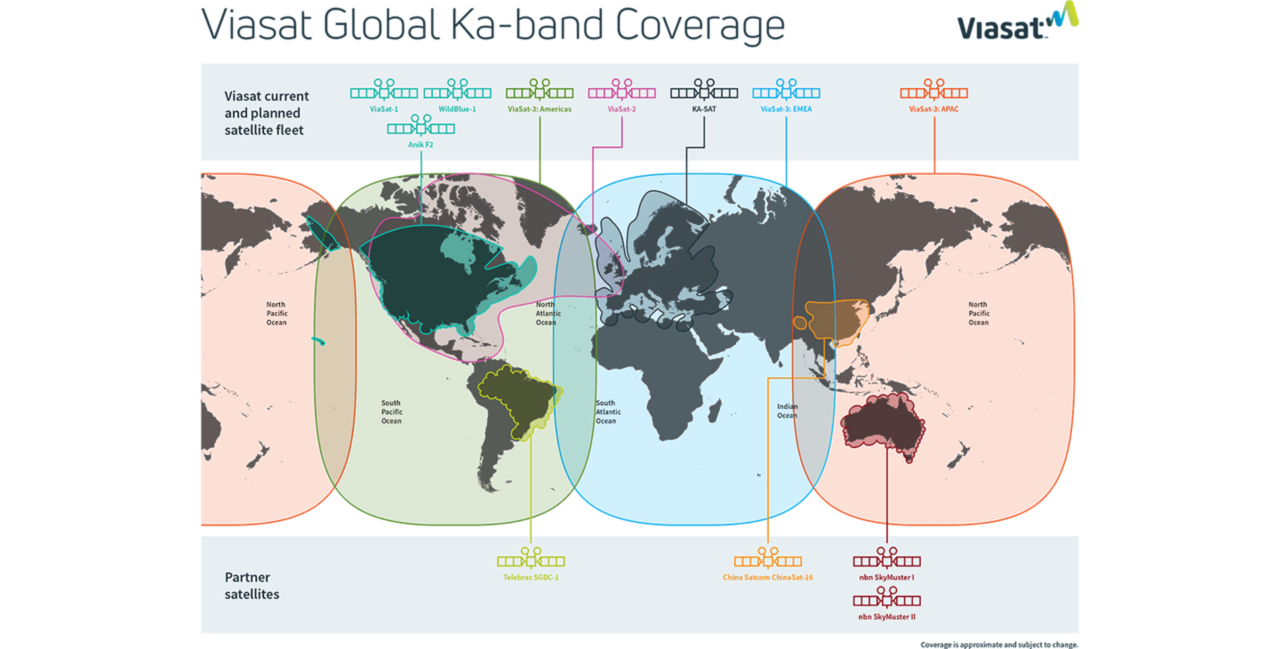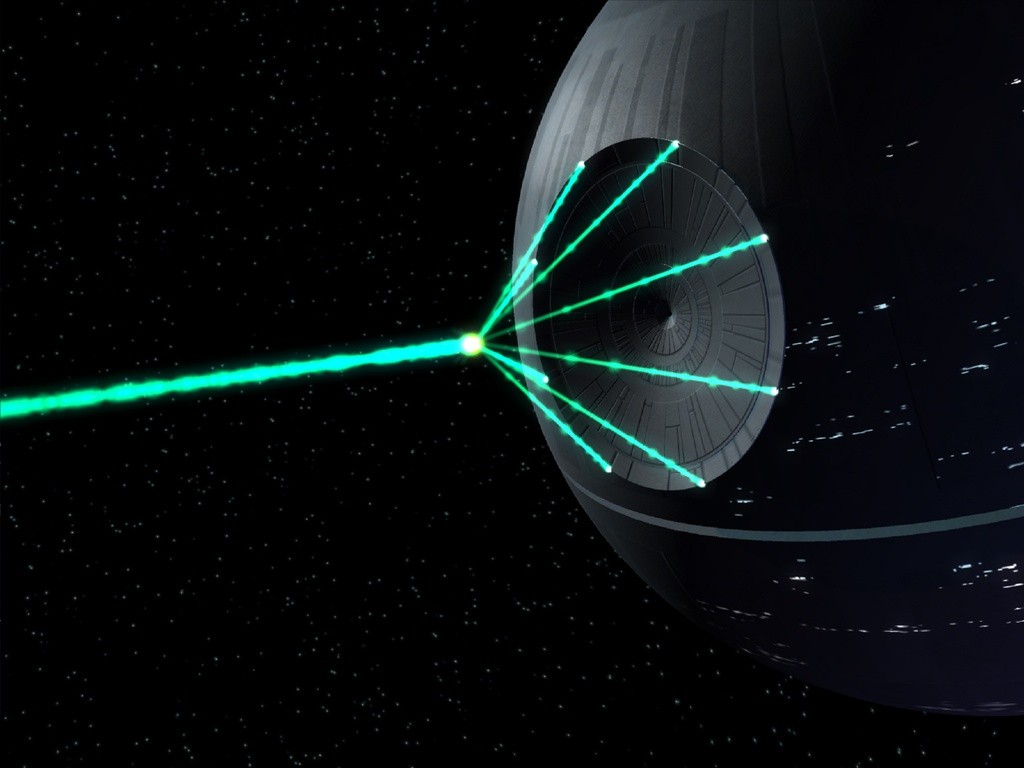Hawaiian Airlines and Starlink announced a free Internet offering on Hawaiian’s trans-pacific fleet.

But is this real?
Hawaiian doesn’t offer Internet access today and with all of their flights over water, satellite Internet access is the only viable choice.
Hawaiian’s President and CEO Peter Ingram said: “When we launch with Starlink we will have the best connectivity experience available in the air. We waited until technology caught up with our high standards for guest experience, but it will be worth the wait. Our guests can look forward to fast, seamless and free Wi-Fi to complement our award-winning onboard Hawaiian hospitality.
Now this sounds great. Starlink is able to deliver a speed improvement over the existing constellations from providers like Gogo and ViaSat on their ku/2ku band services. Speeds on Starlink have been seen over 200Mbps, so more than double these other providers.
But again, how real is this. Assuming the FAA certifications can be done quickly of the aero-terminals, there is another big problem here, and thats with the satellite constellations themselves.
Satellites like Viasat’s or Gogo’s sit in a geostationary orbit. These are 20,000 miles above the surface of the planet. Being that high up means service isn’t as good (the radio waves have to go further, introducing latency and limiting bandwidth capacity), but have a huge advantage for the operator: you have a huge view over the planet.

Viasat is able to cover the whole world with a mere 8 satellites.
Meanwhile, Starlink has already around 2,000 satellites and plans to launch maybe another 6,000! These satellites sit in a low-earth-orbit (LEO) at only around 200 miles above the earth.
A geostationary satellite can use a ground station half a world away without a problem, but the same is not true of LEO satellites. Because of their lower orbit, the satellites need to have visibility of a ground station which is very close to the user/satellite terminal.
Now this is where it becomes problematic for Hawaiian: Their routes are all oceanic. You can’t have a ground station in the middle of the ocean. While Starlink has great coverage over the continental US, the service would drop off just past the coast (like you might have experienced with legacy Gogo ground-to-air service).
But, Starlink have a solution for this.

Space lasers.
Yep, this isn’t science fiction. This isn’t Star wars (well, the picture above is), This isn’t the SDI .
Starlink are deploying satellites with lasers to be able to communicate with each other. This would allow terminals speaking to a satellite, which can’t see an earth station, to communicate to other satellites until they can find one with a view of the ground.
Satellite to satellite communication isn’t new. But these lasers would allow for high bandwidth and low latency - to give a fantastic service.
The only problem? There isn’t enough satellites launched with lasers. The first starlink satellites with lasers were launched in late 2021, but this is only a fraction of the satellites in orbit. In reality, thousands of new satellites would need to be launched before a reliable oceanic service could be provided.
With supply chain limitations, less satellites have been getting launched. This’ll mean severe delays before a Hawaiian service could even be usable.
So, is this real? Not yet. But it’ll be exciting when it is.